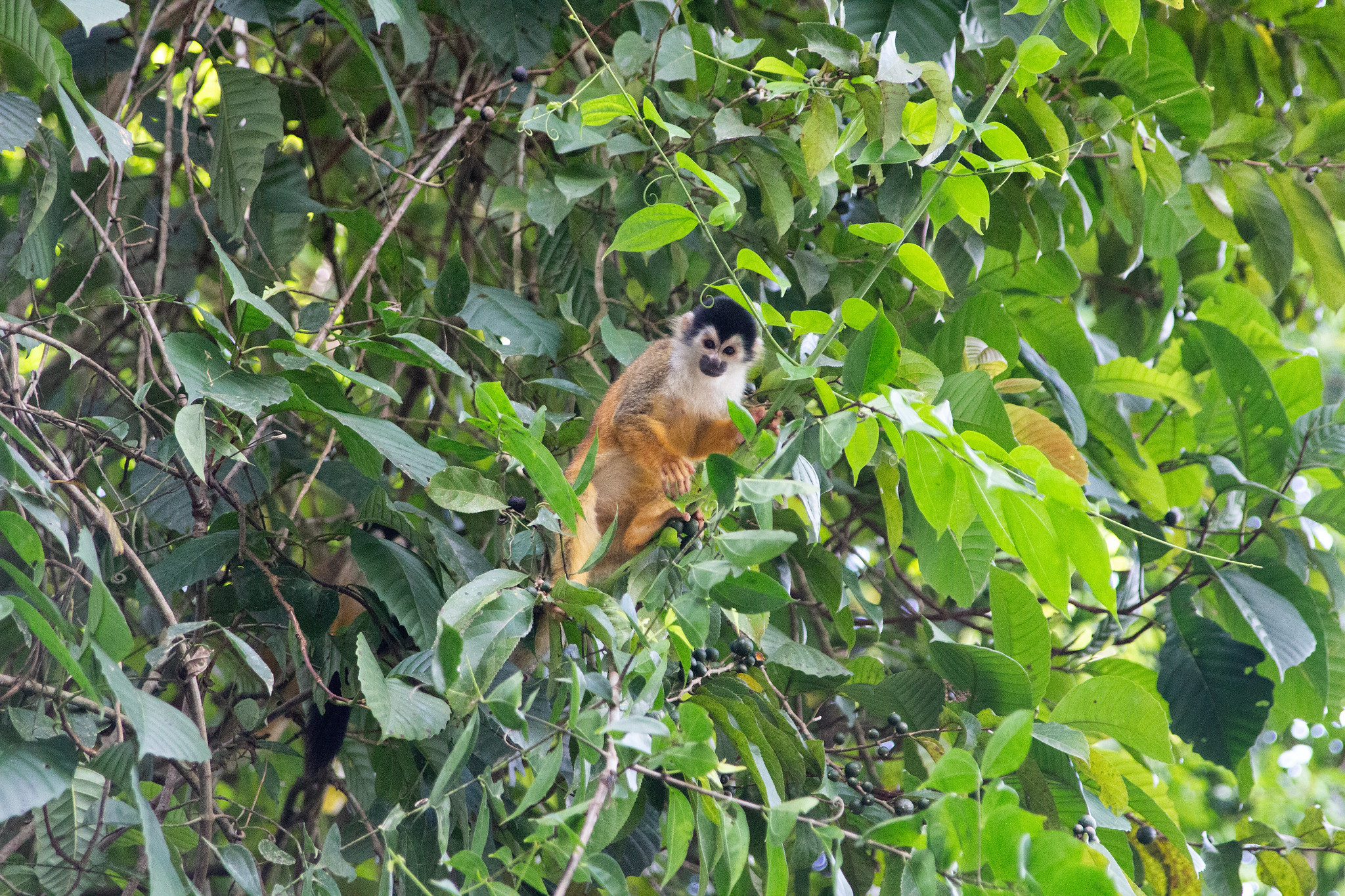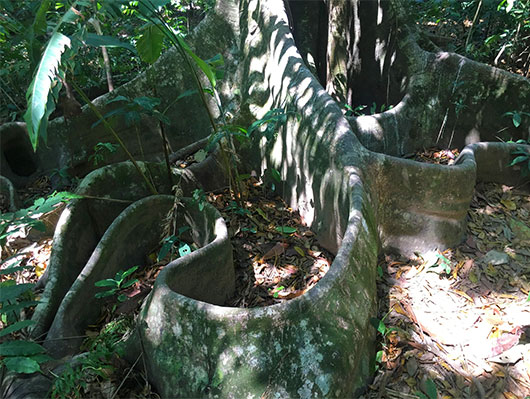Most people who travel to southern Costa Rica do so to visit Corcovado National Park, the crown jewel of the Osa Peninsula. National Geographic has described it as “the most biologically intense place on earth,” since it boasts 2.5% of the world’s species in an area of just 445km² (172mi²). This hotspot of tropical life offers arguably the best scenery in Central America and a chance to witness some of the region’s most iconic animals, including jaguars, pumas, sloths, tapirs, four species of monkeys, and scarlet macaws, to name only a few. The park is situated in the heart of the Osa Peninsula’s rainforest and borders the Pacific Ocean.and whale watching.
Feel the rainforest come alive
Corcovado National Park
“
This hotspot of tropical life offers arguably the best
scenery in Central America and a chance to witness
some of the region’s most iconic animals.
In Corcovado you can find all the major ecosystems of the Osa Peninsula, such as lowland rainforests, upland cloud forests, “Yolillo” palm forests, mangrove swamps, beaches, and coastal marine habitats. Within this diverse park live 500 species of trees, at least 367 species of birds, 140 mammals, 117 amphibians and reptiles, 40 species of freshwater fish, and 6,000-10,000 different species of insects. Corcovado is famous for its terrestrial ecosystems, but it also protects rocky and coral reef communities, including 11 species of corals. It is truly a nature-lover’s paradise!
Although the park is very remote, many people make the trip annually for day hikes, beach trips, backpacking, or research purposes. There are five ranger stations where visitors can enter the park. Everyone entering the park must travel with a park-approved guide and stay on the trails. The main ranger station, Sirena, is located along the western coast, and visitors can stay there overnight. The four smaller ranger stations are located along the terrestrial borders of the park: San Pedrillio to the north, La Leona in the south, Los Patos on the east, and El Tigre just outside the park in the southeast. Popular destinations within the park include swimming at the Calor River waterfall near Sirena, watching bull sharks and crocodiles near the mouth of the Sirena River, viewing the Rincón River waterfalls near Los Patos, hiking the old growth rainforests of San Pedrillo, and viewing sea turtle nesting at La Leona.
A day trip by boat to Corcovado National Park via either San Pedrillo or Sirena Ranger Station can be arranged during your stay at Casa Roja. We can also help arrange tours through local guides for guests who wish to stay longer in the park, but overnight trips must be made at least 30 days in advance. Guests can visit for a day and still have plenty of time to explore the shorter trails surrounding each of the stations. Or, to fully experience the unparalleled landscape and rarer species at the farther reaches of park, you can plan a one-to-four-night stay at the bunkhouses at Sirena ranger station, or hike from one ranger station to another on one of the park’s two main trails.






